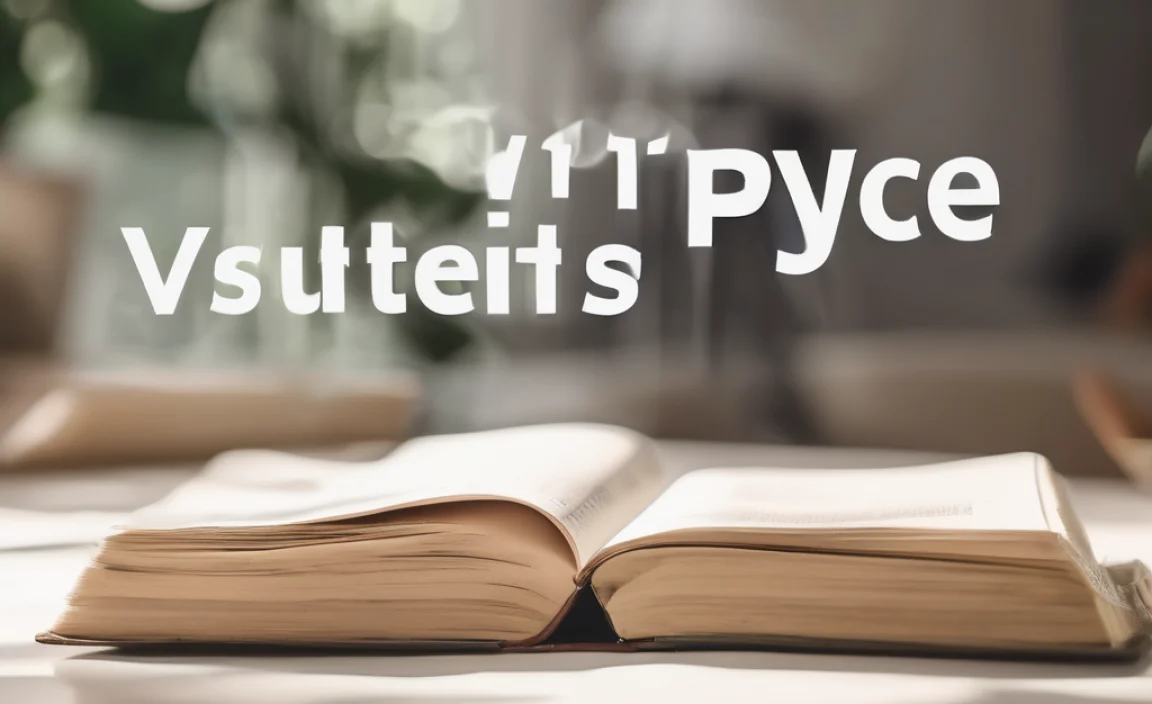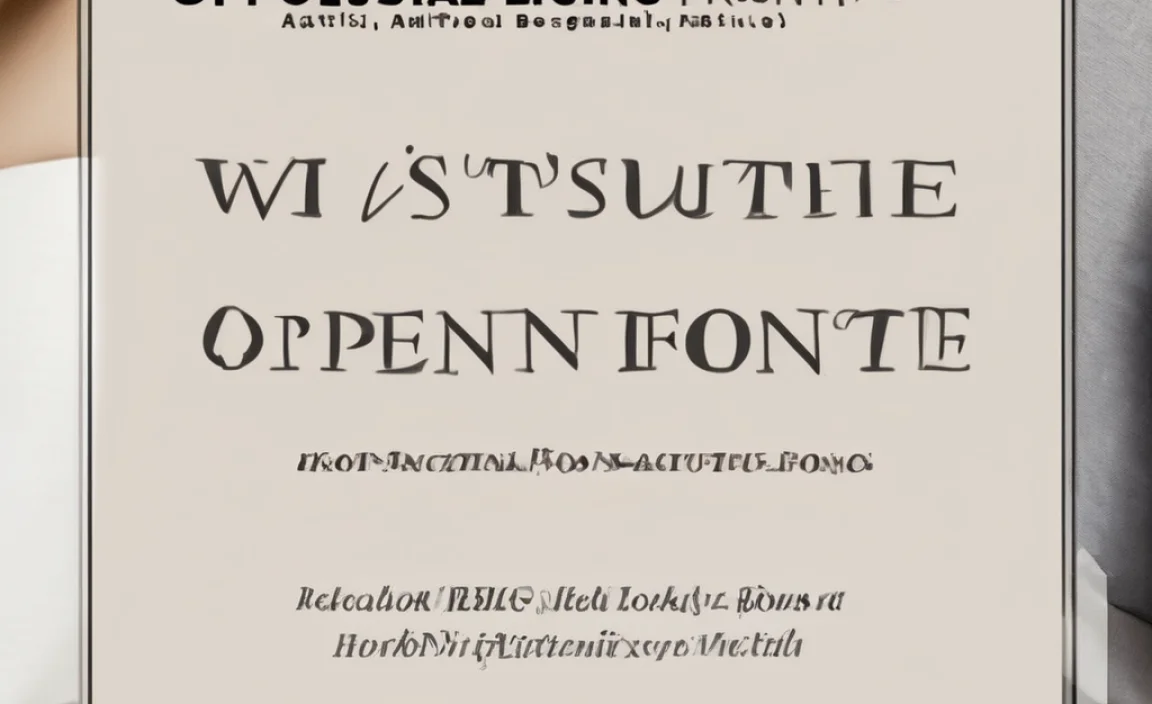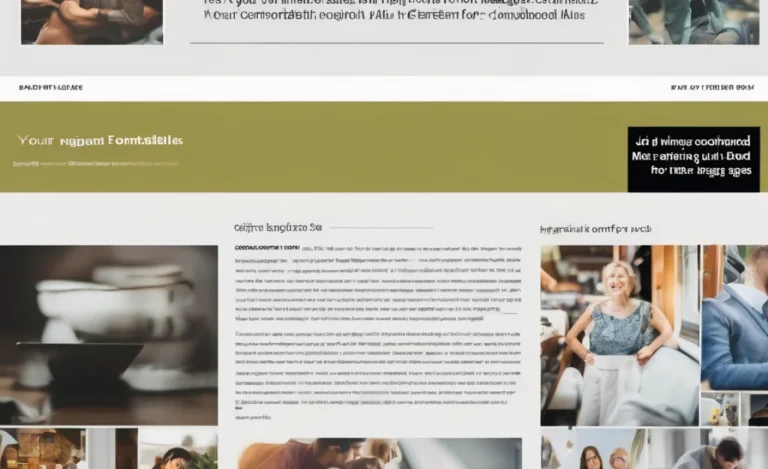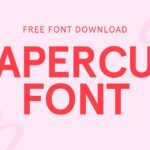Fonts play a crucial role in design and digital content creation. Whether you’re a font designer or a casual user, understanding the differences between Opentype (OTF) and Truetype (TTF) fonts can help you choose the right font for your projects. Both formats offer unique features, flexibility, and compatibility across different platforms like Microsoft Windows and macOS (OS X).
What Is Truetype Font?

Truetype font, developed by Apple and Microsoft in the late 1980s, is a widely used font format known for its single file structure. It contains both screen and printer font data, making it easier to use across different devices. The Truetype format offers hinting capabilities, which improve readability on low-resolution screens by adjusting character shapes for better display.
Key Features of Truetype Fonts:
- Single file format (.ttf)
- Excellent hinting capabilities
- Cross-platform compatibility
- Easy to install and use
- Widely supported by operating systems
Pros:
- Simpler and more widely compatible
- Ideal for everyday use and web applications
- Better screen readability with hinting
Cons:
- Limited advanced typographic features
- Larger file sizes compared to Opentype
- Less flexibility in font design
What Is Opentype Font?

Opentype font is an advanced file format developed by Microsoft and Adobe Systems in the late 1990s. It builds upon the Truetype format by introducing greater flexibility and support for advanced typographic features such as alternate characters, stylistic alternates, and variable fonts. Opentype fonts are available in two types: those with PostScript outlines (.otf) and those with Truetype outlines (.ttf).
Key Features of Opentype Fonts:
- Advanced typographic features
- Support for alternate glyphs and special characters
- Greater flexibility in font design
- Enhanced opentype layout features
- Cross-platform support
- Open font format with extensive typographic capabilities
Pros:
- Supports advanced typography features
- Smaller file sizes with efficient data storage
- Ideal for professional graphic design and print
Cons:
- May not be fully supported in older software
- Can be complex for casual users
- Some advanced features require specialized software
Differences Between Opentype and Truetype Fonts
| Feature | Truetype (TTF) | Opentype (OTF) |
|---|---|---|
| File Format | .ttf | .otf or .ttf |
| Typographic Features | Basic | Advanced features like ligatures, stylistic alternates |
| Compatibility | Widely supported | Supported with advanced features |
| Flexibility | Limited | Greater flexibility in layout features |
| File Size | Generally larger | More optimized |
| Best For | Basic use | Professional typography needs |
Choosing Between Opentype and Truetype
When deciding between Opentype vs Truetype, consider your project requirements. If you need basic text rendering with minimal typographic features, Truetype fonts may be sufficient. However, if your work requires advanced opentype layout features and greater flexibility, Opentype fonts are the better choice.
For professional use in software like Adobe Photoshop, Opentype fonts provide enhanced opentype features that allow better control over typography. On the other hand, for web use, the Web Open Font Format (WOFF) is often recommended for improved performance and compatibility.
Opentype Font Variations and Variable Fonts
Opentype font variations introduce the concept of variable fonts, allowing a single file to contain multiple styles and weights. This reduces file sizes and enhances typographic flexibility. With advanced opentype layout features, font designers can create dynamic designs with alternate glyphs and stylistic alternates.
Truetype, Open and Open Font Format
Both Truetype and Opentype fonts support open font formats, ensuring compatibility across different platforms. Truetype Open is a version of the Truetype format that incorporates some advanced opentype specification features for better cross-platform compatibility.
File Extensions and Compatibility
Understanding font file extensions helps in selecting the appropriate format for your needs. The main file extensions include:
- .ttf (Truetype Font Format)
- .otf (Opentype Font Format)
- .ttc (Truetype Collection)
Choosing the right font file extension depends on the intended use, whether it’s for web, print, or digital applications.
Common Font Usage Scenarios

- Web Design: Opentype fonts offer greater flexibility with web open font format.
- Graphic Design: Advanced typographic features make Opentype ideal for creative projects.
- Document Editing: Truetype fonts are easier to install and use for standard text documents.
Conclusion
Choosing between Opentype and Truetype fonts depends on your needs. If you require advanced typography features, Opentype fonts are the better choice. However, for simple and widely compatible use, Truetype fonts are a solid option. Both formats provide unique advantages, and selecting the right font format ensures optimal readability and design output.
FAQs
What Is The Main Difference Between Opentype And Truetype Fonts?
Opentype fonts offer advanced typographic features, while Truetype fonts are simpler and widely supported.
Are Opentype Fonts Better For Professional Design Work?
Yes, Opentype fonts provide greater flexibility and advanced features, making them ideal for professional use.
Can I Use Both Opentype And Truetype Fonts On Windows And Macos?
Yes, both formats are compatible with Microsoft Windows and OS X.
Which Font Format Should I Use For Web Design?
Opentype fonts are preferred for web design due to their support for web open font format (WOFF).
Do Opentype Fonts Support More Characters Than Truetype?
Yes, Opentype fonts can include a larger character set with special characters and alternate glyphs.
What Software Supports Opentype Features?
Adobe Photoshop, Microsoft Word, and other advanced design tools support Opentype features.
Are Truetype Fonts Good For Printing?
Yes, Truetype fonts work well for basic printing needs, but Opentype offers better typographic control.
Can I Convert Truetype Fonts To Opentype?
Yes, font conversion tools can help convert TTF to OTF, but some features may be lost.





